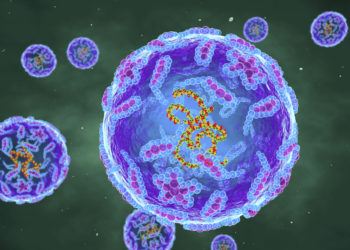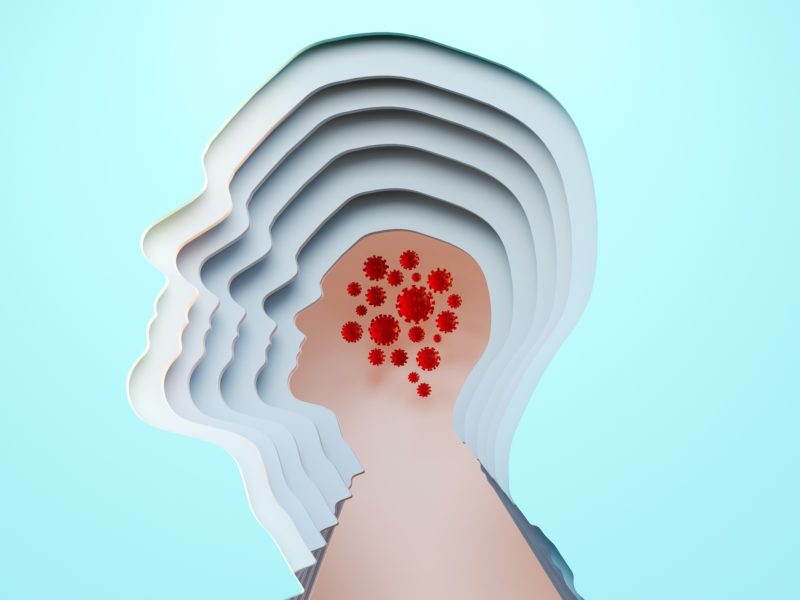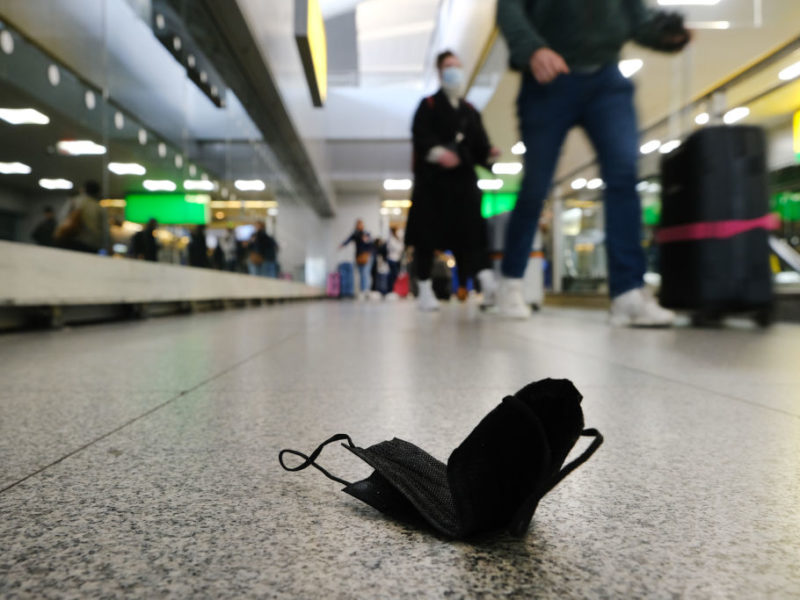Polio In New York City Wastewater: What You Need To Know

Last Friday, New York State health officials announced the polio virus has been detected in New York City wastewater, suggesting the virus may now be circulating through the city. Back in July, the nation’s first recorded polio case since 2013 was detected in a patient in Rockland County, just outside the city.
To learn more about this reemergence of the polio virus, which had been almost entirely eradicated in the U.S. for several decades, Texas A&M Today spoke to Ben Neuman, a professor in Texas A&M University’s Department of Biology and chief virologist at the Texas A&M Global Health Research Complex.
How did we get here, and what does the return of polio mean for the United States?
It’s not good, but it is difficult to say how bad it will be. Over the last century, cases of infectious disease plummeted after the introduction of vaccines. But as vaccine skepticism rises, we see the opposite trend, and even viruses that are very near extinction like poliovirus have a chance to come back. That would be a major backwards step in every way I can imagine.
How concerned should we be about polio at this point?
It is not clear how big the problem is, at the moment. A small percentage of people who catch polio early in life will carry the virus for years, so polio in the sewers could be a sign of a long-term infected person rather than an ongoing outbreak – scientists and doctors will be looking at that now. It shows that potentially deadly viruses are closer than we might think – even viruses that we have driven to the brink of extinction.
What steps should people be taking to protect themselves?
Poliovirus mostly grows in the gut, and mostly spreads by fecal to oral transmission. Unlike SARS-CoV-2, this is a virus that can actually be stopped by hand-washing.
What else should people keep in mind about the polio virus and its reemergence in the U.S.?
The effectiveness of poliovirus vaccines is likely to fade over time, just like any other vaccine. If it has been a while since you were vaccinated, it might be worth speaking to your doctor about a booster.
Media contact: Luke Henkhaus, luke.henkhaus@tamu.edu





